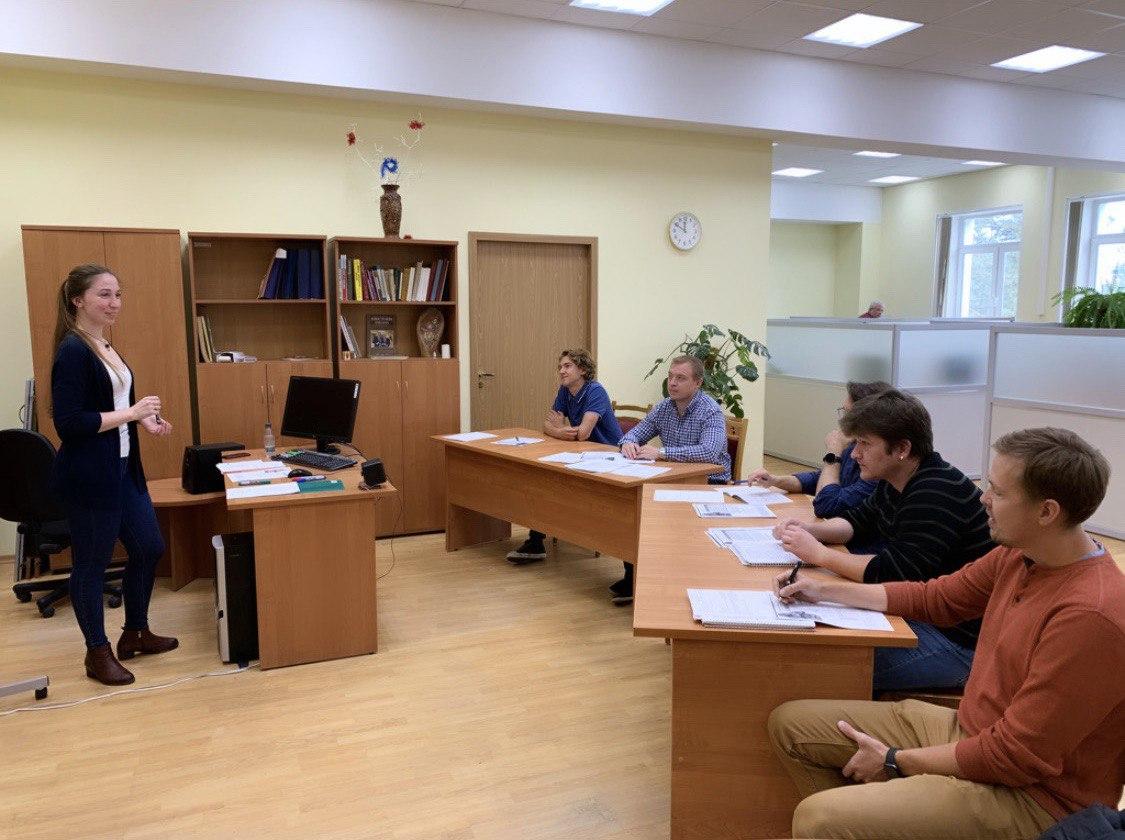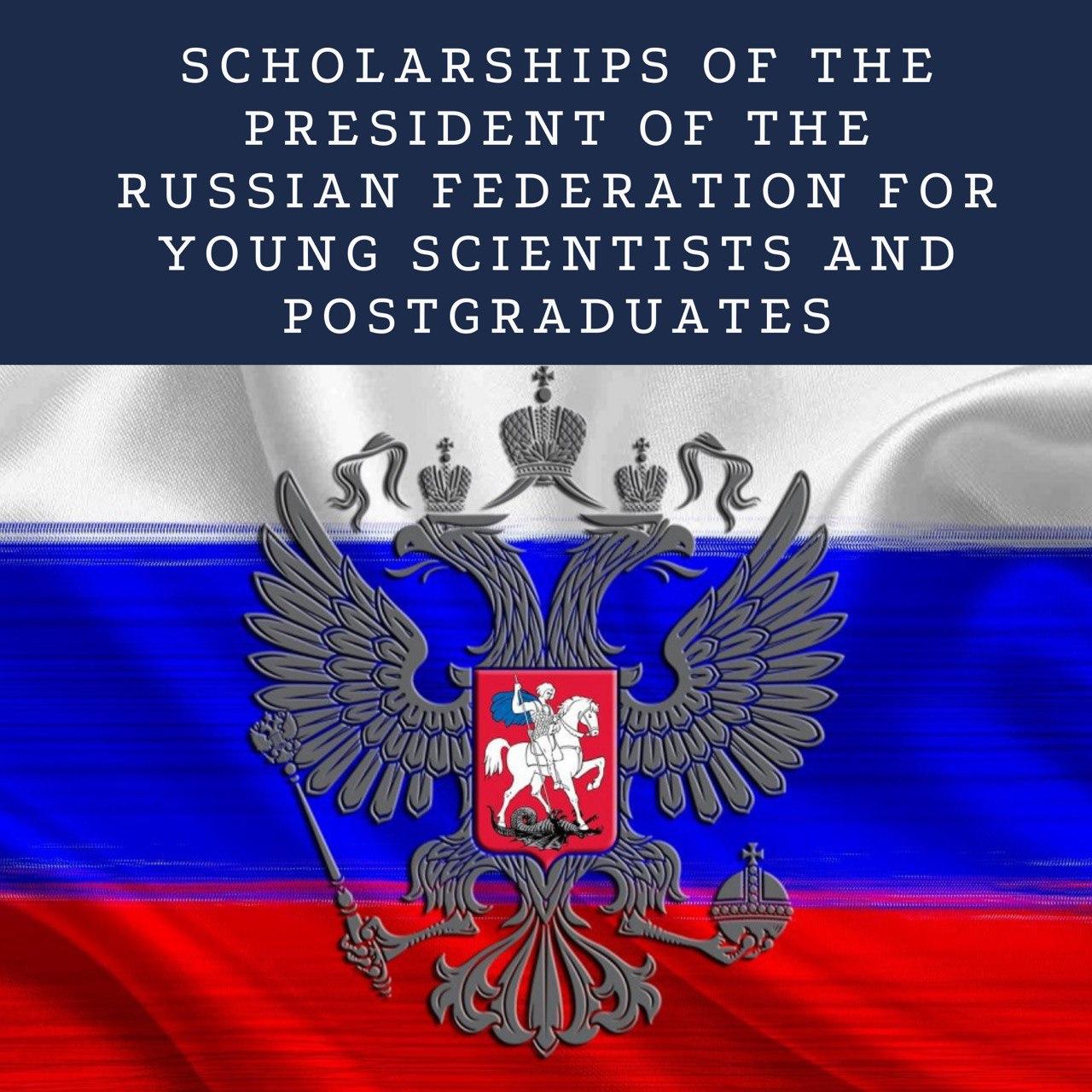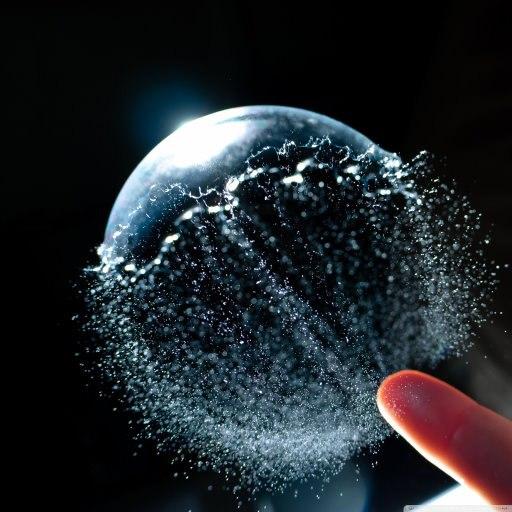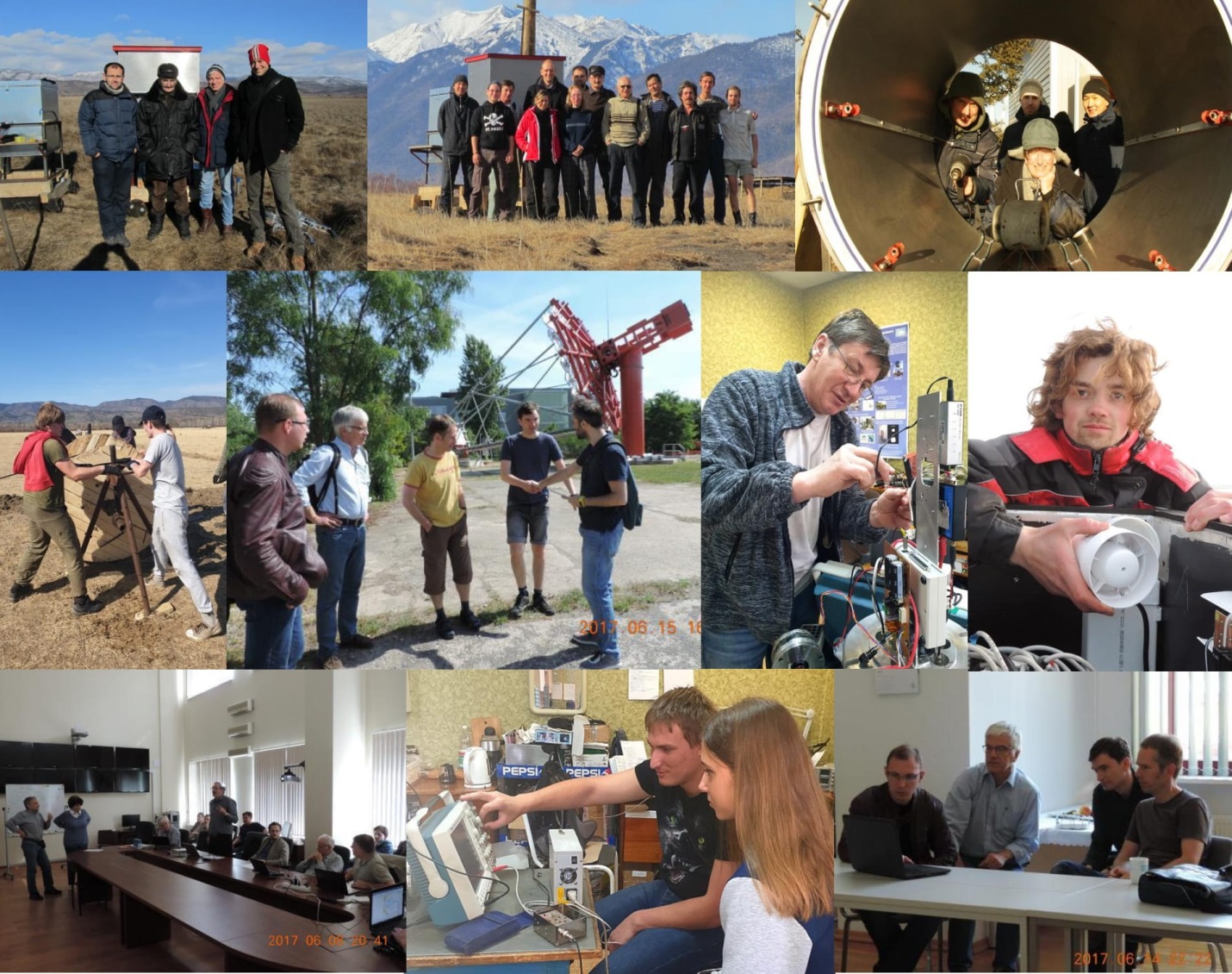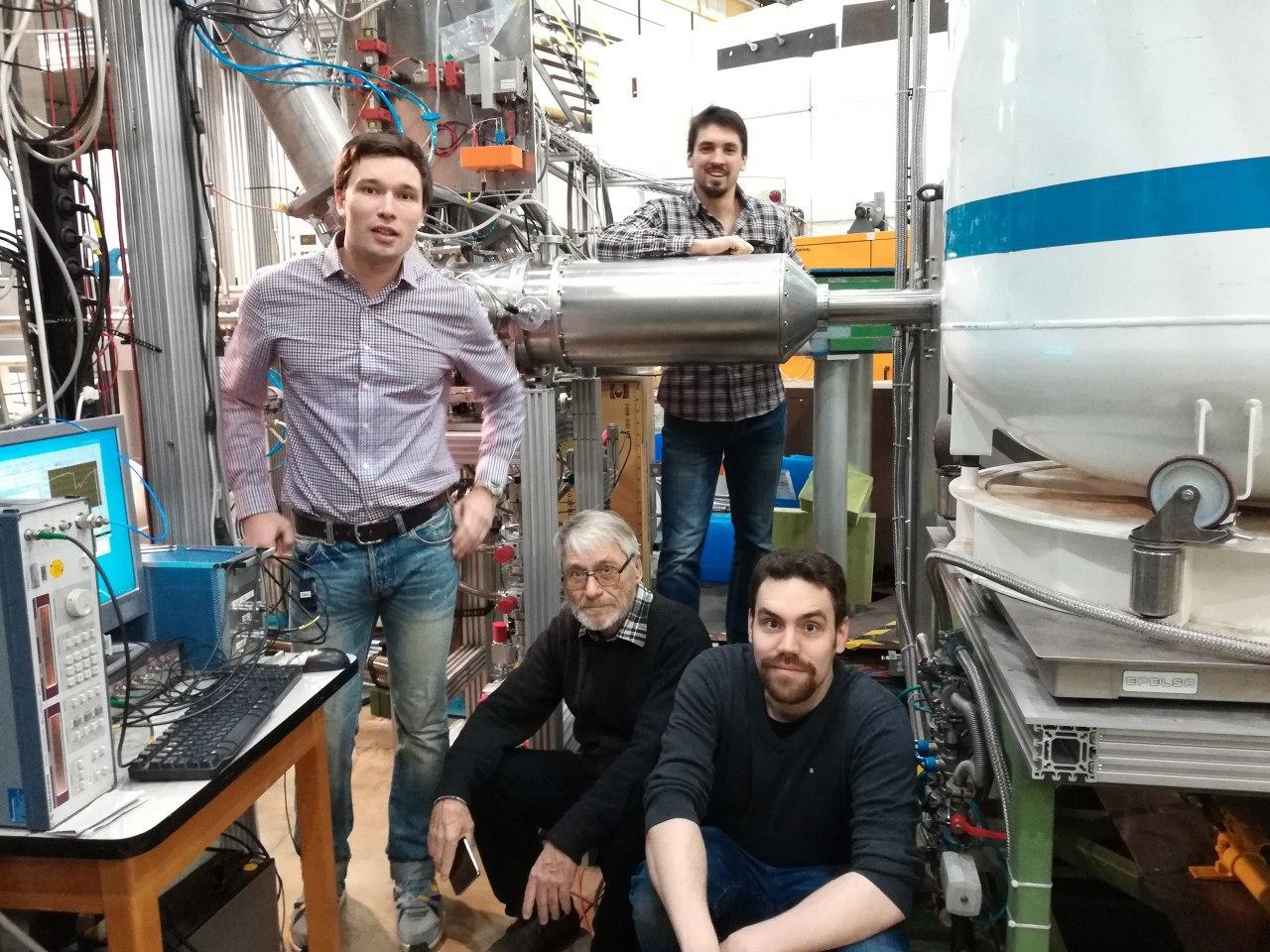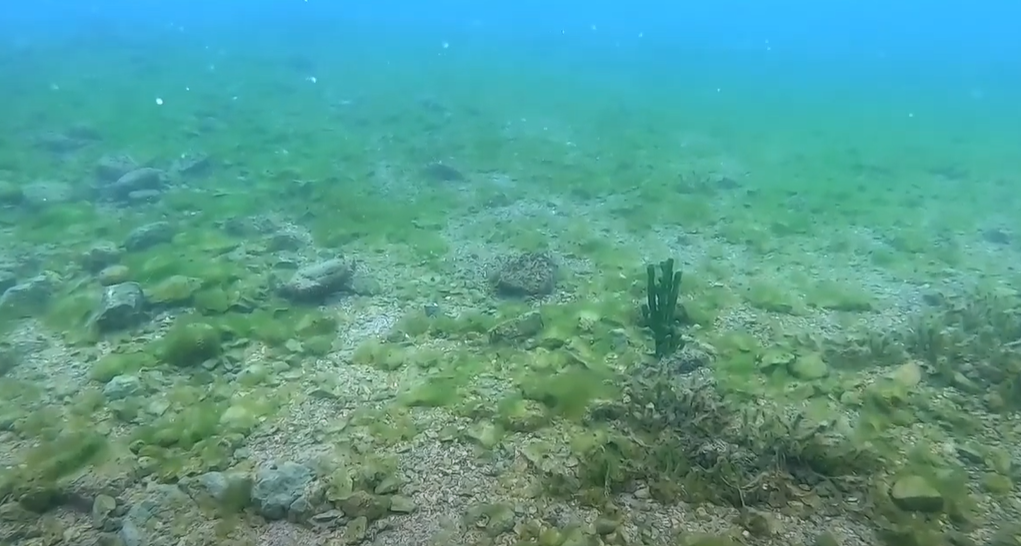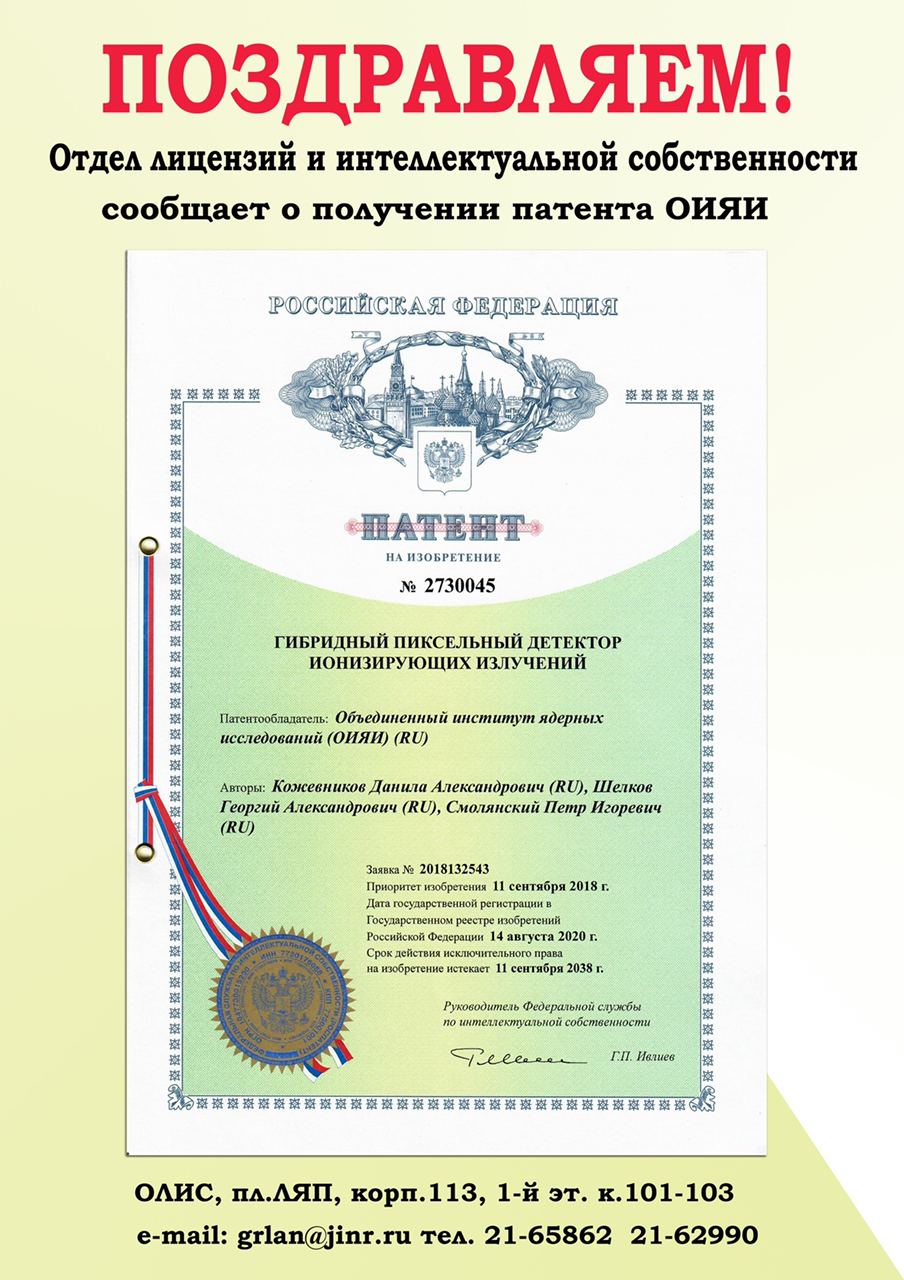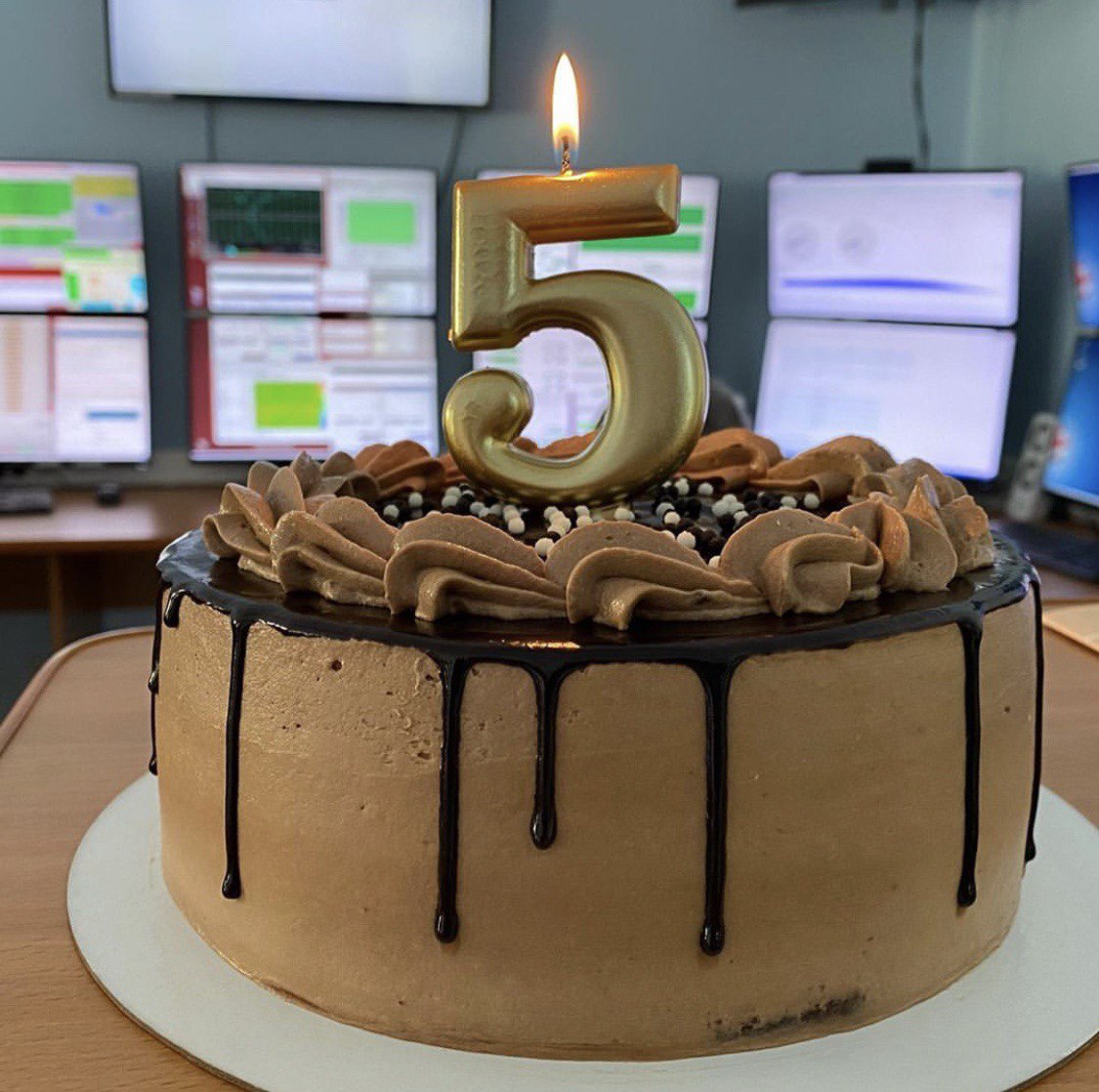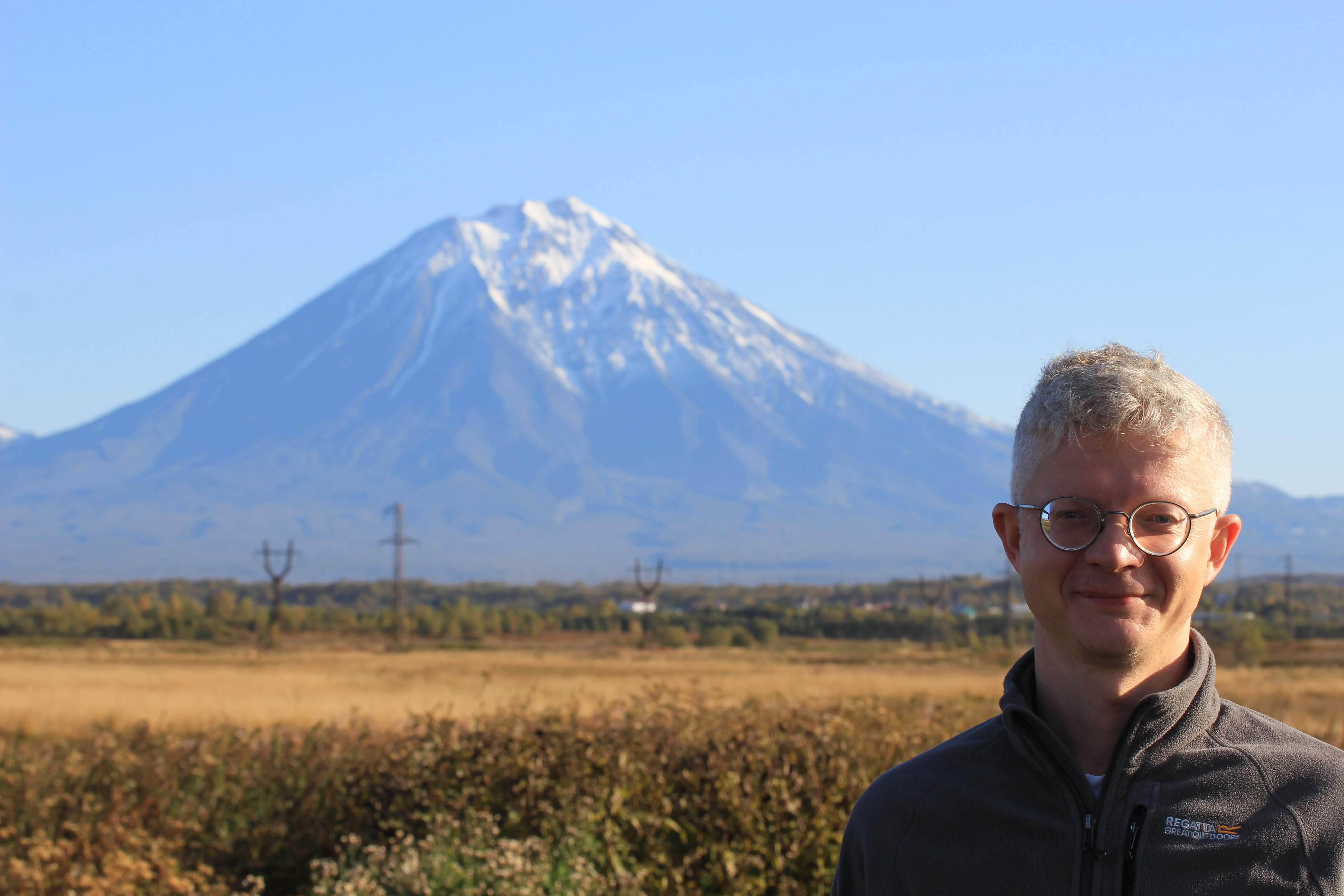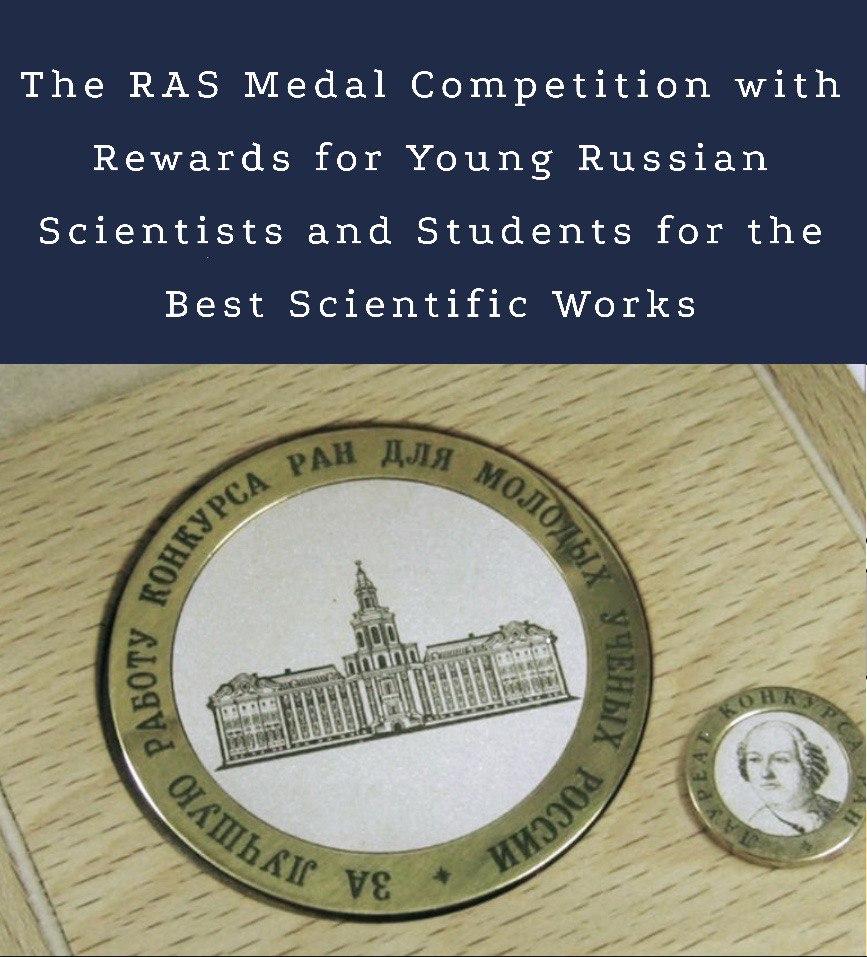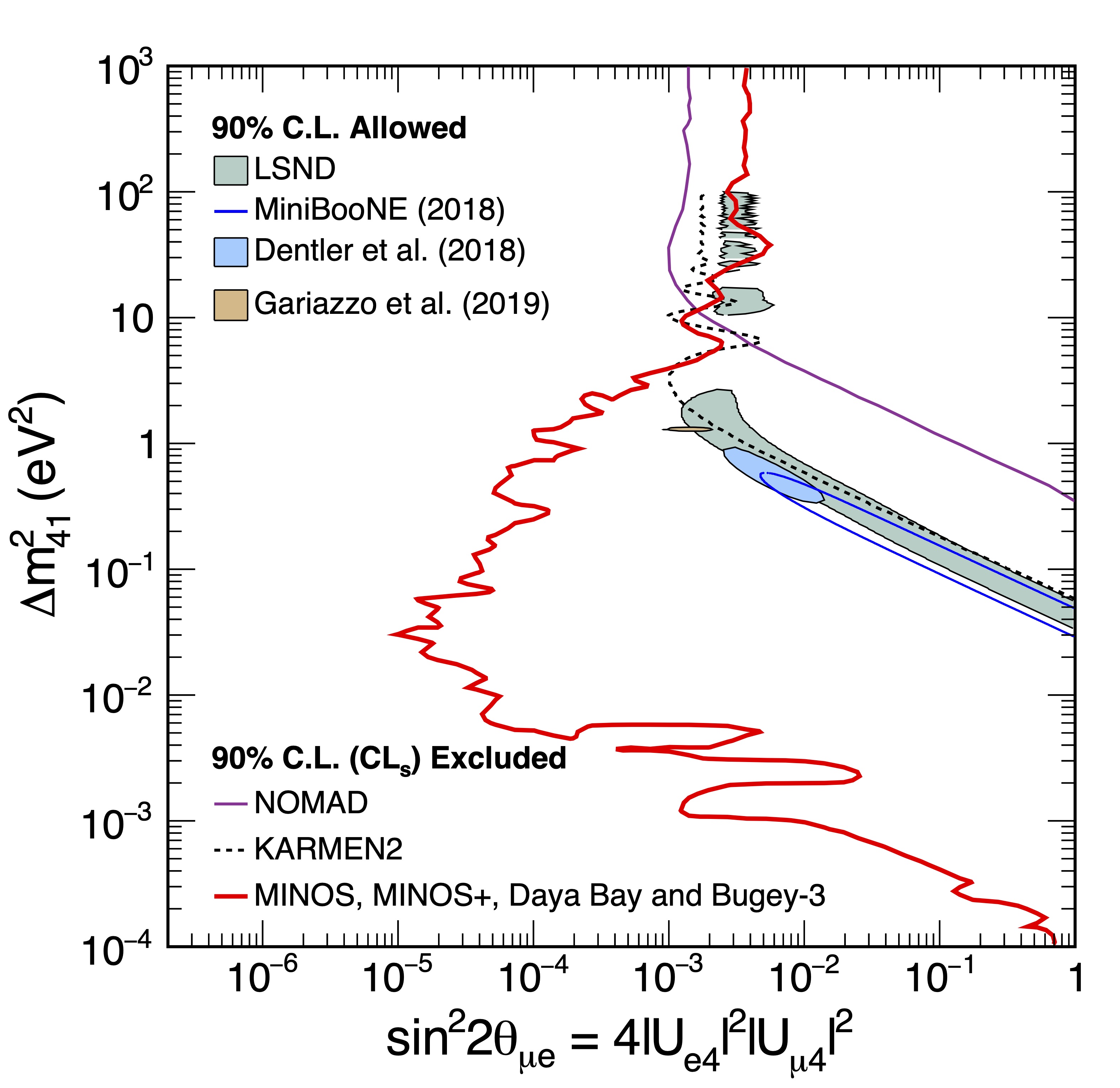News
23.09.2020
Phenomena of the world around and photo experiments with things at hand. Vibration of microscopic drops. How to catch a 1-kHz flickering with an unaided eye.
21.09.2020
Engineering Department is an important unit of our Laboratory. It is the place where ideas of scientists transform into drafts and calculations for manufacturing devices and facilities. The involvement in international collaborations requires a high level of English. And it should be not an everyday English, but a specialized one.Several employees of Engineering Department are taking the course of this kind at present. There is grammar, written translation and a study of specific terms in the curriculum. The classes are provided by the JINR University Centre. The course will be completed by the session on presentations.
21.09.2020
The Ministry of Science and Higher Education of the Russian Federation, the initiator of the competitive selection along with the Council for Grants of the President of the Russian Federation for the state support of young Russian scientists and leading scientific schools of the Russian Federation, announces a competitive selection for the Scholarship of the President of the Russian Federation for young scientists and postgraduates performing promising studies and pioneering innovations in the priority fields of modernization of the Russian economy.
Scholarship information is listed below.
17.09.2020
An overwhelming world of rapidly-evolving phenomena is squeezed into one second. Objects, matter, atoms, nuclei—specific processes unfold at every special scale in various time ranges. With this series of compact educational lectures, we will walk down the stairs of time ranges—milliseconds, microseconds, nanoseconds, picoseconds and even deeper. We will focus on the interplay of phenomena, and historical sketches about the first attempts of novice researchers in different areas will complement the narration.
23.09 15:00 Lecture 1. Milliseconds and microseconds. Phenomena of the world around and photo experiments with things at hand. Vibration of microscopic drops. How to catch a 1-kHz flickering with an unaided eye.
17.09.2020
On 15 September 2020, at the closing ceremony of the Russian-German Year of Scientific and Educational Partnerships in 2018-2020, the winners of the Open Russian-German Competition "Russia and Germany: Scientific and Educational Bridges" received their awards. The Ministry of Foreign Affairs of the Russian Federation and the Federal Minister of Foreign Affairs of Germany summed up the results of the Year and named the winning projects during a live broadcast. The project "The TAIGA Observatory - Russia and Germany open a new window to the Universe" was recognized as the winner of the Competition in the category "Advanced Research" for successful long-term scientific cooperation.
16.09.2020
The research team from the Section of Low Temperatures (DLNP), Ivan Gorodnov and Anton Dolzhikov, became a laureate of the annual Moscow Region Governor’s Prize in Science and Innovations for Young Scientists and Specialists!
"Every year, scientists and research teams from the Moscow region introduce the most promising scientific projects and studies in various fields to competitive selection and become laureates of the Moscow Region Governor’s Prize in Science. This year, for example, studies in medicine, nuclear technologies, material science, physics, chemistry and other scientific directions were awarded the Prize. The Prize is accompanied by a monetary award of 700 000 rubles," said the Minister of Investments, Industry and Science of the Moscow Region Ekaterina Zinovieva. The Governor of the Moscow Region Andrey Vorobyov established 15 awards in science and innovations for young scientists and specialists. In 2020, 13 scientists and two research groups became the winners— representatives from Chernogolovka, Pushchin, Fryazin, Dubna, Korolev, Mytishchi, Odintsovo, Shatura, Podolsk and also an employee of the Moscow Regional Research Clinical Institute (MONIKI, Moscow).
Dear Anton and Ivan, congratulations on your victory! We are proud of you! We wish you to achieve even greater heights and every kind of success!
16.09.2020
The first batch of a Baikal endemic has arrived at the DLNP Molecular Genetics Group: Lubomirskia baicalensis sponges.
Since 2011, a large-scale phytocenosis disturbance in the coastal region of Lake Baikal and the occurrence of some anomalous-coloured (pink) sponges Lubomirskia baicalensis were detected. To date, diseases and death of different sponge types are swiftly progressing in many lake regions. Changes in water temperature, light intensity, salinity and also infections, contaminants etc. are claimed to be the reasons.
16.09.2020
The JINR Department of Licences and Intellectual Property announces that the patent for the invention “Hybrid pixel detector of ionizing radiation" was granted to the Joint Institute for Nuclear Research on 14 August 2020. The authors are Danila Aleksandrovich Kozhevnikov, Georgy Alexandrovich Chelkov, Piotr Igorevich Smolyansky.
15.09.2020
On 15 September 2015, fully-fledged shifts were launched at the Remote Operation Centre of the NOvA experiment at JINR (ROC-Dubna). The experiment participants have been working in shifts from Dubna for five years controlling detectors and monitoring the neutrino beam in Fermi National Accelerator Laboratory (Fermilab) in the USA. A young, positive and already skilled team involves 12 shifters. There are expert software and hardware groups. Alexander Antoshkin is in charge of the team and ROC-Dubna liaison. We sincerely congratulate the ROC-Dubna team on this great occasion! We wish them productive time at work and stable internet connection!
09.09.2020
Igor Ivanov at the 2019 Kamchatka School on Elementary Particle Physics and Related Topics. Photo by D. Dolzhikov (JINR)
On 8 September 2020, the interview with Igor Ivanov, a theoretical physicist, researcher of DLNP (JINR), was published on the website "Troitsky Variant - Nauka" (trv-science.ru). The interview was conducted by Jan Machonin.
Igor Ivanov talked about his outreach activity and summer schools on elementary particle physics and related topics at Baikal and in Kamchatka.
26.08.2020
The Russian Academy of Sciences has announced the RAS Medal Competition with rewards for young Russian scientists and Russian students for the best scientific works.
For the purpose of identifying and supporting talented young researchers, promoting professional development of young people in science, encouraging creativity of young Russian scientists and students in scientific research activity, the Russian Academy of Sciences annually awards 21 medals with a reward of 50,000 rubles each to young Russian scientists and 21 medals with a reward of 25,000 rubles each to Russian students.
18.08.2020
The MINOS+ and Daya Bay neutrino experiments combined results to produce the most stringent test yet for the existence of sterile neutrinos.
An international group of more than 260 scientists have produced one of the most stringent tests for the existence of sterile neutrinos to date. The scientists from two major international experimental groups, Daya Bay in China and the MINOS+ at the Department of Energy's Fermilab, are reporting results in Physical Review Letters (Phys. Rev. Lett. 125, 071801 (2020)) ruling out oscillations into one sterile neutrino as the primary explanation for unexpected observations in the recent LSND and MiniBooNE experiments.



